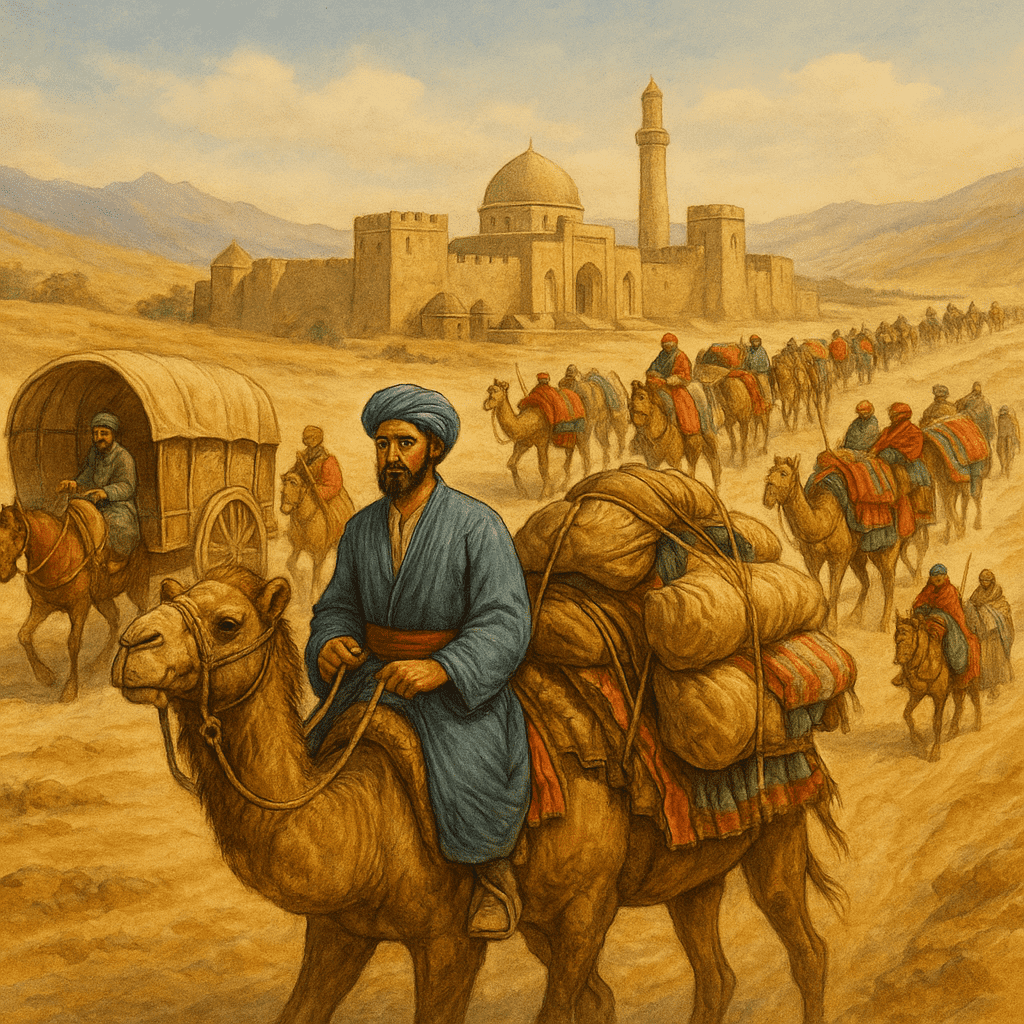
Silk Road Trade Routes: How They Transformed the Global Economy

The Silk Road was not merely a path etched across continents—it was a vibrant network that forever altered the shape of world commerce and culture. Born during the Han Dynasty around 130 BCE, this intricate web spanned thousands of miles, connecting East Asia with Central Asia, the Near East, and Europe, and weaving a tapestry of exchange that would reverberate for centuries.
A Gateway of Goods, Ideas, and Empires
Silk may have lent the Silk Road its romantic name, but the routes propelled far more than luxurious textiles. Silk, spices, porcelain, paper, dyes, perfumes, and precious stones all journeyed across these roads, enriching markets from Rome to Samarkand.
Caravan cities such as Samarkand and Bukhara blossomed into thriving cultural crossroads, where merchants, scholars, and travelers converged to trade not only wares, but wisdom—planting seeds for lasting intellectual exchange Silk Road.
Engines of Innovation and Spiritual Movement
The Silk Road was a conduit for transformative ideas and technologies. Papermaking, the compass, gunpowder, and printing pressed beyond China's borders to shape civilizations across Eurasia.
More than that, it carried religions along its dusty paths—Buddhism, Zoroastrianism, Christianity, Islam—each finding new lands to fertilize with spiritual exchange and cultural fusion.
A Web Under Strain—and Evolution
The Silk Road never enjoyed unified governance, and its prosperity waxed and waned with the tides of empire. The rise of the Mongols restored safety and flow during the 13th century; their conquests briefly knitted the routes into a more coherent whole before maritime options and shifting political landscapes eclipsed them by the 15th century.
Legacy Beyond Decline
Though the age of the Silk Road faded, its legacy endures. It reminds us of how far-reaching trade routes mold civilizations. Today's Belt and Road Initiative, echoing past ambition with rail lines, ports, and pipelines, revives that ancient spirit of cross-continental connection


